Particle Accelerators
Particle accelerators were first developed in the 30’s with the invention of the Cylotron. Particle Accelerators use electromagnetic fields to propel charged particles to very high speeds and energies, and to contain them in well-defined beams. The most common research accelerators today are Light Sources: electrons accelerated in the magnetic field causes the high energy electrons to emit extremely bright and coherent beams of high energy photons via synchrotron radiation in the continuous spectrum, which have numerous uses in the study of atomic structure, chemistry, condensed matter physics, biology, and technology. A large number of synchrotron light sources exist worldwide.
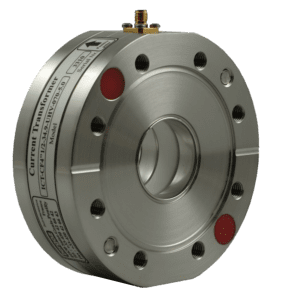
The Bergoz Instrumentation product range covers all non-destructive and precise solutions for beam diagnostics, from DC (such as the NPCT-New Parametric Current Transformer) installed at most of worlds Storage Rings as the one true calibration instrument) to AC (such as the ACCT and the new CWCT), as well as pulse charge (ICT and Turbo-ICT), beam shape (FCT) and beam position (analog BPM range).
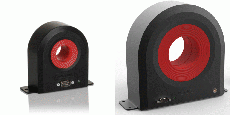
Danisense Zero-Flux Current Transducers are used in monitoring current output in DC Magnet Power Supplies, and as feedback elements in power supplies to improve stability, essential in maintain a stable beam.
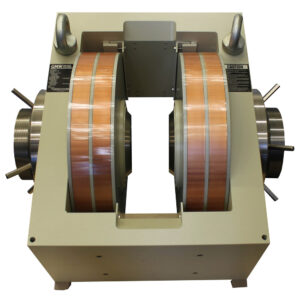
The GMW Model 3474-140 Dipole Electromagnet with high stability power supply is in use at many Storage Ring Facilities to calibrate Hall-effect magnetic field probes. Calibration is required for measurement of both storage ring magnets as well as insertion device measurement on x-ray beamlines.
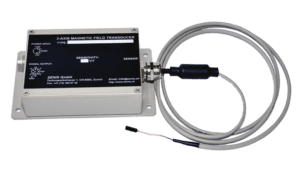
Senis 3-axis Hall probes are used for the insertion device characterization. Fast response and very small field sensitive volume are required to map over the insertion device, where fields are highly non-uniform and temperature effects demand relatively fast measurement over many points along the length of the device.
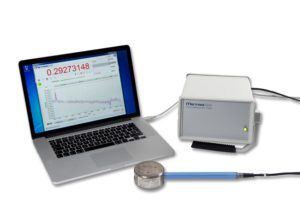
The standard to which the hall probes are compared gain is Nuclear Magnetic Resonance (NMR). The Metrolab PT2026 NMR Teslameter (successor the long-used PT2025) is the world standard for NMR measurements.
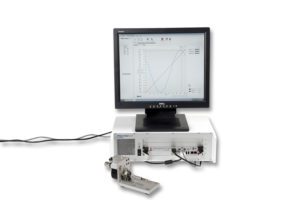
For magnetic field measurement with higher harmonic content (quadrupoles, sextupoles octupoles), the Metrolab Fast Digital Integrator (FDI) is used for measurement of stretched wire and rotating coil techniques for mapping of these accelerator magnets.
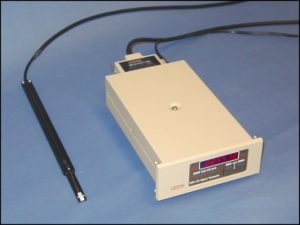
Group3 Digital Teslameters are for high resolution monitoring over wide field ranges where uniformity constraints generally prevent the use of NMR.
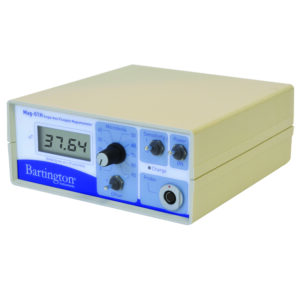
Accelerators typically use resonant RF cavities where Electromagnetic fields are excited in the cavity by coupling in an RF source with an antenna. When the RF fed by the antenna is the same as that of a cavity mode, the resonant fields build to high amplitudes. Charged particles passing through apertures in the cavity are then accelerated by the electric fields and deflected by the magnetic fields. To monitor residual fields in these cavities, the Bartington MAG-01H with MAG-F or Cryomag cryogenic probe is most commonly used.
